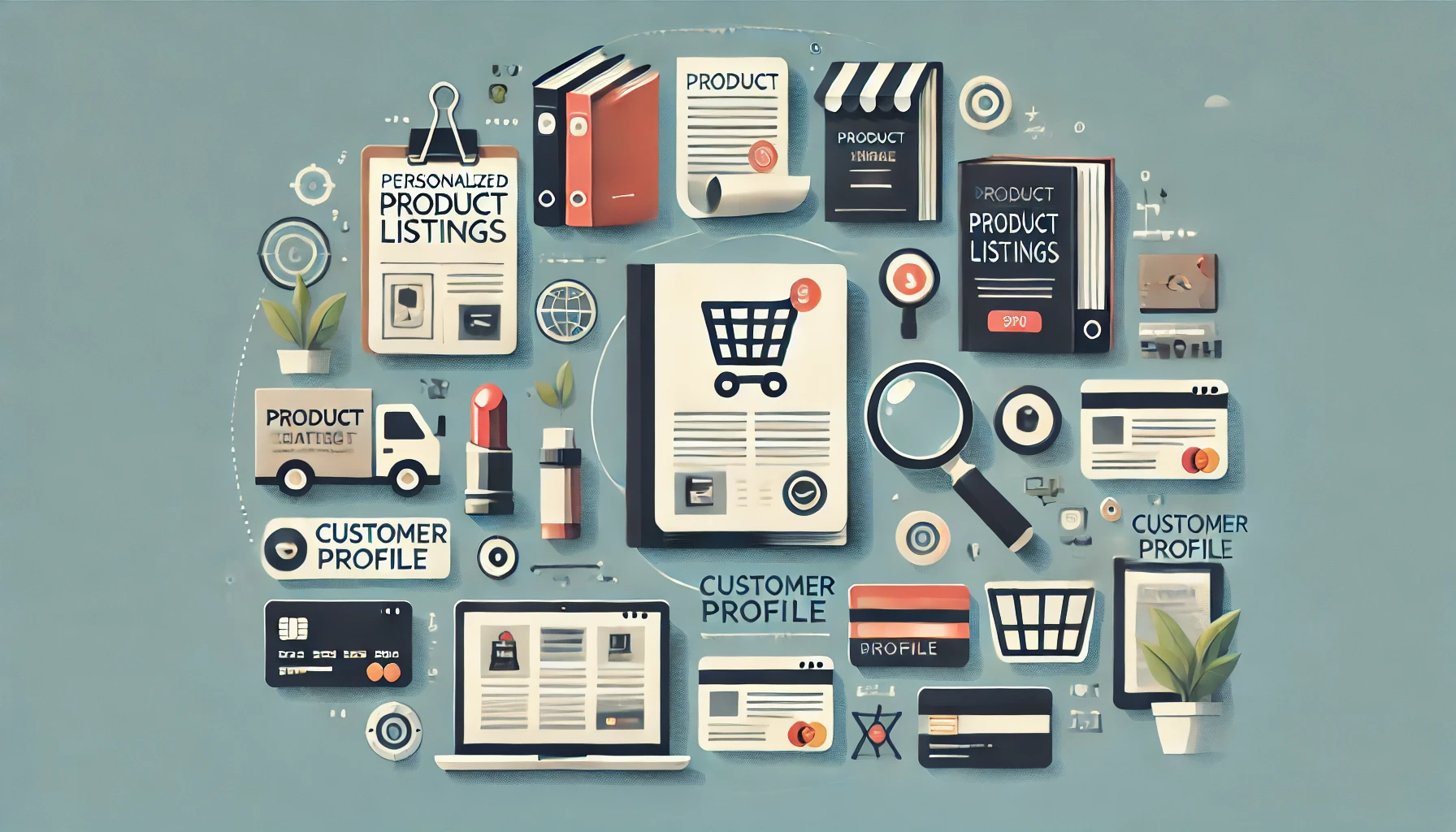Benefits of the Customer-Specific Digital Product Catalogs Functionality
Enhanced Customer Engagement and Loyalty
Personalized catalogs are curated based on each customer’s preferences and past purchasing behavior, which demonstrates a business’s commitment to understanding and addressing their unique needs. This personalized approach not only makes customers feel valued but also fosters deeper connections. As a result, customers are more likely to engage with the business regularly and remain loyal, leading to increased repeat business and long-term relationships. Additionally, digital product catalogs can enhance customer engagement by providing interactive and up-to-date product information.
Increased Sales and Revenue through Price Adjustments
Customer-specific catalogs effectively showcase products that align with individual customer interests, significantly enhancing the effectiveness of cross-selling and up-selling strategies. When customers see products that complement their previous purchases or suit their business needs, they are more inclined to make additional purchases. This targeted approach shortens the buying cycle, increases conversion rates, and ultimately drives higher sales and revenue. Setting fixed prices for certain products can also drive sales and increase revenue. Additionally, personalized recommendations encourage higher order values, contributing to overall profitability.
Streamlined Buying Process
Customer-specific catalogs simplify the purchasing process by displaying only the most relevant products to each customer. This eliminates the need for customers to sift through irrelevant items, allowing them to quickly find what they need. The streamlined process not only enhances the customer experience by making shopping more efficient but also reduces the time and effort required on the customer’s part. For businesses, this improved efficiency translates into faster transaction times, reduced cart abandonment rates, and better overall operational efficiency. The catalog dialog simplifies the process of creating and editing catalogs, making it easier for customers to find relevant products.
How Does It Work?
System Components
Customer-Specific Catalogs require high-performance servers to handle the processing and analysis of large datasets and manage multiple simultaneous user requests. Efficient database management systems, such as SQL or NoSQL databases, are essential for storing and retrieving detailed customer and product data. Seamless integration with ecommerce platforms like Shopify or Magento is critical for real-time data syncing, ensuring that personalized catalogs reflect the latest inventory and pricing information. The system can manage product visibility and pricing adjustments based on different sales channels. Additionally, the system can track inventory levels for different product variants, using SKUs to monitor quantities and set rules for minimum and maximum order quantities.
Workflow Configuration and Data Analytics
Implementing Customer-Specific Catalogs involves collecting data on customer interactions and purchase history through tracking mechanisms embedded in the ecommerce platform. Advanced machine learning algorithms analyze this data to identify patterns and preferences, generating personalized catalogs tailored to each customer’s buying behavior. Data analytics tools are used to continuously monitor and refine these catalogs, providing insights into customer preferences and optimizing product recommendations based on evolving trends. Additionally, data analytics can be used to make price adjustments based on customer behavior and market trends.
User Interface Design
The user interface must be responsive to ensure accessibility across desktops, tablets, and smartphones. A user-friendly customer dashboard should display personalized product recommendations clearly, allowing customers to navigate and interact with the catalog easily. The admin panel must offer comprehensive backend management features for managing product catalog listings, enabling administrators to efficiently update customer profiles, manage product listings, and configure catalog settings. This ensures a seamless and intuitive experience for both customers and administrators. Additionally, the user interface integrates with the online store to provide a seamless shopping experience.
Security and Compliance
Security measures are paramount in protecting customer data within Customer-Specific Catalogs. Data encryption, both in transit and at rest, ensures that sensitive information is securely transmitted and stored. Implementing role-based access control restricts data access to authorized personnel only, minimizing the risk of unauthorized modifications. Compliance with data protection regulations such as GDPR and CCPA is mandatory, ensuring that customer data is handled transparently and lawfully, thus maintaining customer trust and avoiding legal penalties.
